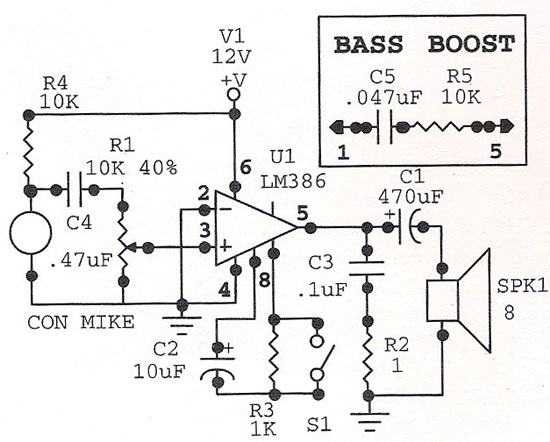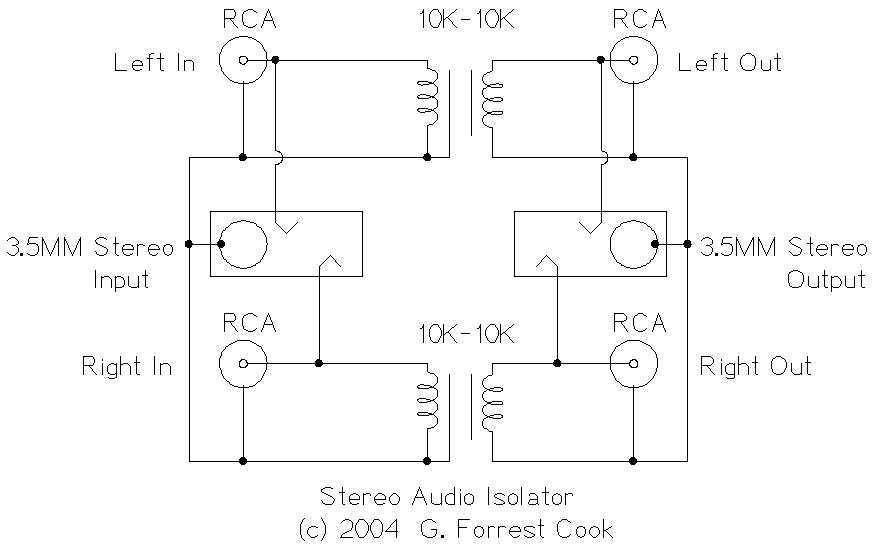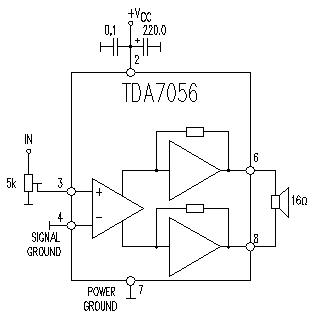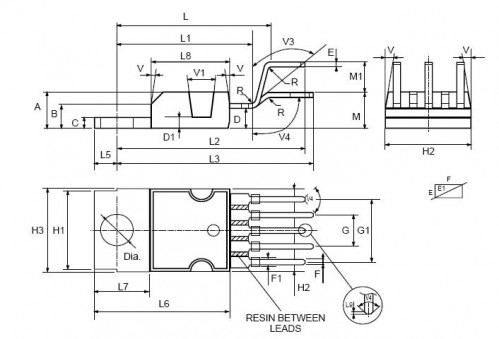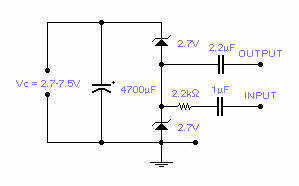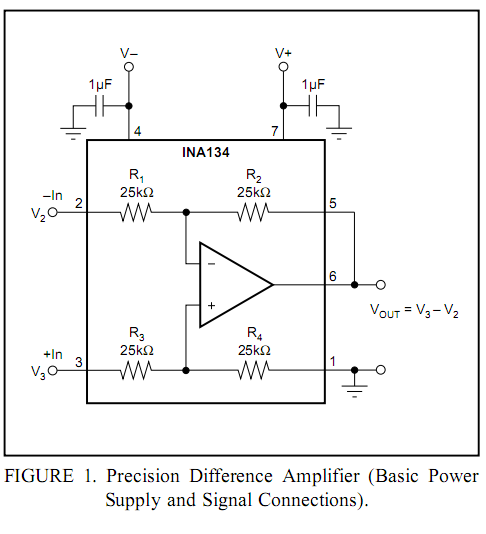
The Ultimate Audio Filter
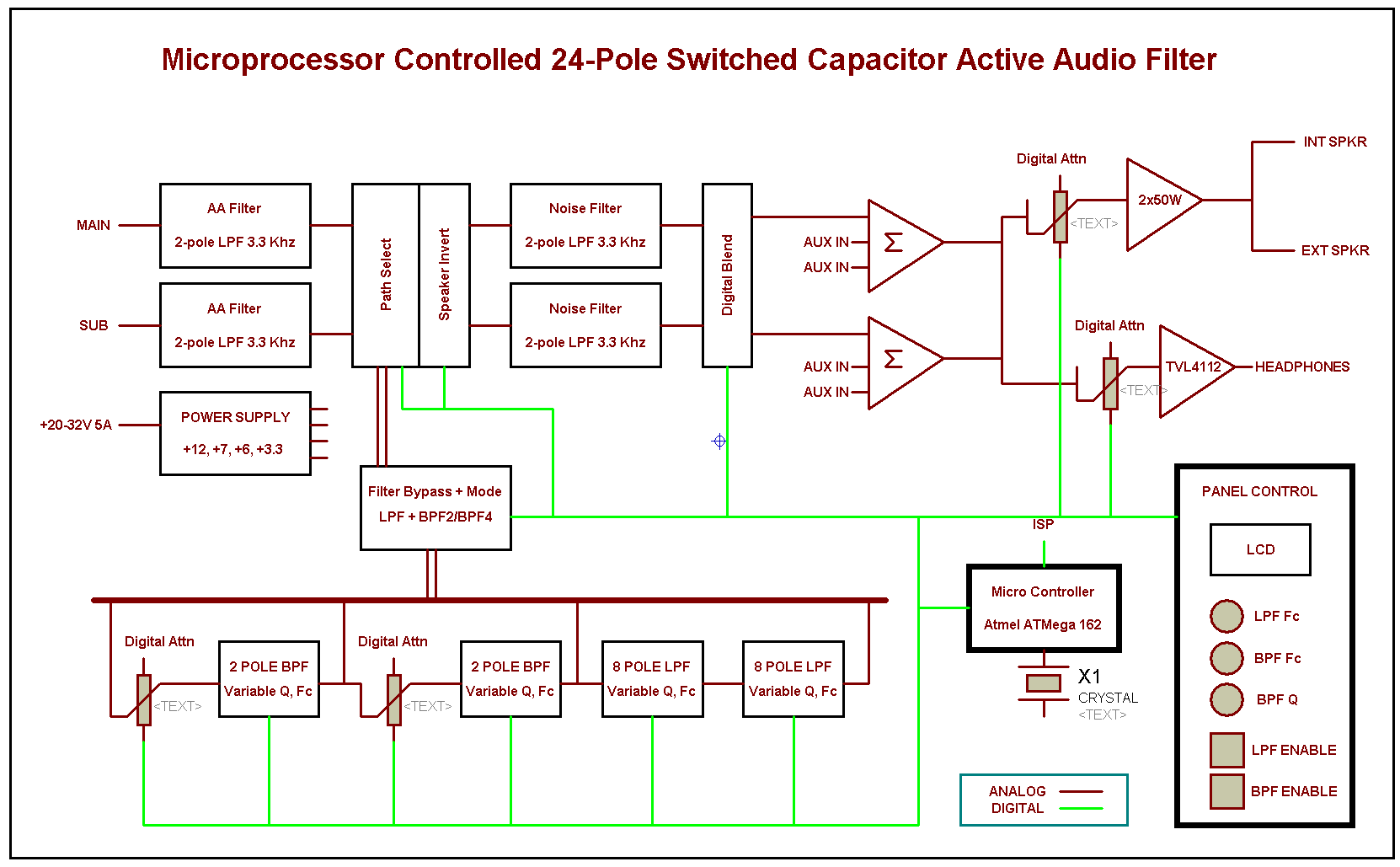
This project extends two previous projects: the first involves adding an active filter (APF) type high-Q bandpass feature to the second receiver of the FT-2000. The second aspect is inspired by childhood memories of active filters. An active audio filter resembles digital filters in many ways but is less complex. It offers performance and flexibility advantages without requiring specialized digital signal processing (DSP) hardware or coding. DSP filters are superior in some aspects; they are typically integrated into the automatic gain control (AGC) loop, while back-end audio filters are not. Additionally, DSP filters may exhibit better ringing performance, though at the cost of greater demands on DSP hardware. This project can be termed a "Beast," as it utilizes the Maxim MAX262 universal 4-pole switched capacitor filter (SCF) for the bandpass function, followed by two MAX7400 8-pole elliptical response low-pass filter (LPF) modules. The design allows for adjustable performance, including cutoff frequency and quality factor (Q). The total pole count is 24, with fixed LPFs on the input, output, and amplification modules contributing an additional 6 poles for noise rejection. The total number of integrated circuits (ICs) used is 15. The design objectives prioritize maximum flexibility in settings, overcoming the limitations of traditional fixed active filters. Band conditions often necessitate different Q or center frequency settings, which fixed filters cannot accommodate. Low-end filtering was not prioritized due to the capabilities of the 1K-mod combined with the IF shift on the second RX, allowing for a similar steep roll-off on an adjustable basis. The impact of group delay, perceived as ringing, is more challenging to manage in active audio filters. Therefore, low-end roll-off is gradual, providing sufficient attenuation of potential 60 Hz hum. The Maxim SCF ICs are complemented by a microcontroller (Atmel AVR operating at 11.125 MHz), which offers enhanced flexibility and drives an LCD display for convenient filter setting indications. The two BPF modules within the MAX262 are individually programmable, each with separate clocking to set the center frequency of the subsequent LPF elliptical. This setup facilitates an infinite variety of BPF filter response implementations, all adjustable via firmware. While the LPF is adjustable only at the cutoff frequency, changing the socketed LPF filter IC allows for variations such as Bessel, Butterworth, elliptical R1.2, or elliptical R1.5. The signal chain begins with anti-aliasing (AA) filters. The sample frequency of the filter is approximately 100 times the signal frequency, eliminating the need for anti-alias filtering. However, high-frequency noise is filtered out from the signal path at the beginning. The AA filters employ a low-Q Butterworth design, providing about 12 dB of gain. This gain is necessary because the noise floor of the SCF is fixed; boosting signal strength before these stages enhances the signal-to-noise ratio (SNR). The gain of the BPF modules corresponds to the Q value. For example, with a Q of 8 (as required for the APF filter design), a 1V input signal necessitates an 8V output swing. The filters operate with a 6V signal to maintain logic compatibility with the microcontroller, which could lead to clipping if not managed. To prevent saturation of the BPF output under high Q conditions, digital potentiometers before each stage enable preemptive gain reduction, keeping peak voltage swings in check. Two additional digital pots before each output path (to the speaker amplifier and headphone amplifiers) allow for independent gain adjustments and leveling, accommodating various headphones or speakers. Following the SCF BPF/LPF modules are noise filters, which are low-Q unity gain LPF 2-pole stages that buffer the 10K output of the SCF and drive the digital blend circuit. These noise filters ensure the absence of SCF noise artifacts in the signal, while the low impedance output guarantees a consistent supply impedance for the rest of the circuit. The digital blend circuit facilitates mixing of channel 1 and channel 2 inputs, allowing operators to choose between one channel per ear or a blended output. Each signal path features its own blend control, enabling settings from 0% (isolated) to 100% (equal sound levels from both speakers).This project is an extension of two projects - first is the work on adding an APF-type high-Q bandpass feature to the 2nd RX of the FT-2000. More on that project may be found by CLICKING HERE. And the second driver is the memory of the fun I had as a kid with active filters. An active audio filter is in many ways comparable to the digital variety without the complexity. It has the performance and flexibility advantages without the need for specialized DSP hardware or coding implementations. There are two areas that the DSP is superior - in current rig implementations, the DSP filter is typically part of the AGC loop where a back-end AF only filter is not.
In addition, the ringing performance of the DSP can be better than the analog variety at the expense of higher demands on DSP hardware. If any active filter project can be called a Beast, it`s possibly this one. Based on the Maxim MAX262 universal 4-pole switched capacitor filter (SCF) to provide the BPF function.
That is followed by a pair of MAX7400 8-pole elliptical response LPF modules. These filters are adjustable for performance like cutoff frequency and (in the BPF filter case) Q. Total pole count here is 24. In addition, fixed LPFs on the input, output and amplification modules add an additional 6 poles of noise rejection roll off. 15 IC total. The design objectives were to allow for maximum flexibility of settings. The disadvantage of traditional fixed active filters are that their performance is not adjustable. Yet often times, band conditions would allow for a different Q or center frequency setting and with a fixed filter, that is not possible.
The low end filtering was not considered because the 1K-mod combined with the IF shift on the 2nd RX allows for the similar steep roll-off on an adjustable basis. In addition, the impact of the group delay (which is realized as ringing) is much harder to address in the active AF filter.
So low end roll off was gradual and just enough to help ensure some attenuation of possible 60 hz hum. Here, thanks to the Maxim Switched Capacitor Filter (SCF) ICs, a micro-controller (Atmel AVR running at 11.
125 MHz) provides the ultimate in flexibility. It drives an LCD display allowing for convenient indication of the filter settings. The two BPF filter modules within the MAX262 are individually programmable and with separate clocking to set the center frequency of the following LPF elliptical as well. As a result, an infinite variety of BPF filter response implementations are possible - all adjustable by firmware.
The LPF is only adjustable at the cutoff frequency - however, by changing the socketed LPF filter IC, bessel, butterworth, elliptical R1. 2 or elliptical R1. 5 variations are possible. At the input of the signal chain are AA filters. The sample frequency of the filter is about 100x the signal frequency so anti-alias filtering is not needed.
However, I wanted to keep the high frequency noise out of the signal path at the start. The AA filters are a low Q butterworth design and provide about 12db of gain in the process. The reason for the gain is that the noise floor of the SCF is fixed - so by pushing the signal strength up prior to these stages, the SNR is increased. The gain of the BPF modules is equal to the Q. Which means in the case of a Q=8 (as the APF filter design would require), an input signal of 1V would require an output swing of 8V.
The filters are fed with a 6V signal to maintain logic compatibility with the MCU and that would mean clipping - certainly a bad thing. To avoid saturation of the BPF output under high Q conditions, digital pots prior to each stage allow for a preemptive gain reduction keeping peak voltage swings in check.
Two additional digital pots prior to each output path (to the speaker amp and headphone amps) allow for individual gain setting. and leveling regardless of the headphone or speakers used. Following the SCF BPF/LPF modules are the noise filters - these are low Q unity gain LPF 2-pole stages which buffer the 10K output of the SCF and drive the digital blend circuit.
The noise filters ensure there are no SCF noise artifacts present in the signal and the low Z output ensures the rest of the circuit sees a consistent supply Z. The digital blend circuit allows mixing of the channel 1 and channel 2 inputs if the operator were to prefer not to have a one channel per ear operation method.
Each signal path has it`s own blend control, so for example, the main can be shared while the sub can remain isolated. The amount of blend is adjustable from 0 (isolated) to 100% (sound levels equal from both speakers). 🔗 External reference
In addition, the ringing performance of the DSP can be better than the analog variety at the expense of higher demands on DSP hardware. If any active filter project can be called a Beast, it`s possibly this one. Based on the Maxim MAX262 universal 4-pole switched capacitor filter (SCF) to provide the BPF function.
That is followed by a pair of MAX7400 8-pole elliptical response LPF modules. These filters are adjustable for performance like cutoff frequency and (in the BPF filter case) Q. Total pole count here is 24. In addition, fixed LPFs on the input, output and amplification modules add an additional 6 poles of noise rejection roll off. 15 IC total. The design objectives were to allow for maximum flexibility of settings. The disadvantage of traditional fixed active filters are that their performance is not adjustable. Yet often times, band conditions would allow for a different Q or center frequency setting and with a fixed filter, that is not possible.
The low end filtering was not considered because the 1K-mod combined with the IF shift on the 2nd RX allows for the similar steep roll-off on an adjustable basis. In addition, the impact of the group delay (which is realized as ringing) is much harder to address in the active AF filter.
So low end roll off was gradual and just enough to help ensure some attenuation of possible 60 hz hum. Here, thanks to the Maxim Switched Capacitor Filter (SCF) ICs, a micro-controller (Atmel AVR running at 11.
125 MHz) provides the ultimate in flexibility. It drives an LCD display allowing for convenient indication of the filter settings. The two BPF filter modules within the MAX262 are individually programmable and with separate clocking to set the center frequency of the following LPF elliptical as well. As a result, an infinite variety of BPF filter response implementations are possible - all adjustable by firmware.
The LPF is only adjustable at the cutoff frequency - however, by changing the socketed LPF filter IC, bessel, butterworth, elliptical R1. 2 or elliptical R1. 5 variations are possible. At the input of the signal chain are AA filters. The sample frequency of the filter is about 100x the signal frequency so anti-alias filtering is not needed.
However, I wanted to keep the high frequency noise out of the signal path at the start. The AA filters are a low Q butterworth design and provide about 12db of gain in the process. The reason for the gain is that the noise floor of the SCF is fixed - so by pushing the signal strength up prior to these stages, the SNR is increased. The gain of the BPF modules is equal to the Q. Which means in the case of a Q=8 (as the APF filter design would require), an input signal of 1V would require an output swing of 8V.
The filters are fed with a 6V signal to maintain logic compatibility with the MCU and that would mean clipping - certainly a bad thing. To avoid saturation of the BPF output under high Q conditions, digital pots prior to each stage allow for a preemptive gain reduction keeping peak voltage swings in check.
Two additional digital pots prior to each output path (to the speaker amp and headphone amps) allow for individual gain setting. and leveling regardless of the headphone or speakers used. Following the SCF BPF/LPF modules are the noise filters - these are low Q unity gain LPF 2-pole stages which buffer the 10K output of the SCF and drive the digital blend circuit.
The noise filters ensure there are no SCF noise artifacts present in the signal and the low Z output ensures the rest of the circuit sees a consistent supply Z. The digital blend circuit allows mixing of the channel 1 and channel 2 inputs if the operator were to prefer not to have a one channel per ear operation method.
Each signal path has it`s own blend control, so for example, the main can be shared while the sub can remain isolated. The amount of blend is adjustable from 0 (isolated) to 100% (sound levels equal from both speakers). 🔗 External reference
Warning: include(partials/cookie-banner.php): Failed to open stream: Permission denied in /var/www/html/nextgr/view-circuit.php on line 713
Warning: include(): Failed opening 'partials/cookie-banner.php' for inclusion (include_path='.:/usr/share/php') in /var/www/html/nextgr/view-circuit.php on line 713
